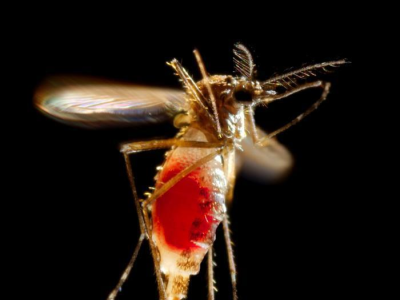A study yesterday in PLOS One details how the COVID-19 pandemic pummeled an already underfunded and understaffed US public health system, straining workers, upending services, and putting patients at risk.
Led by a University of Tennessee at Knoxville researcher, the study involved a survey of 298 public health experts working for government agencies or academic public health departments from Aug 23 to Oct 5, 2020. Respondents included epidemiologists and workers who conduct disease surveillance, contact tracing, testing, and vaccination programs.
The survey was distributed through professional networks and association listservs to professionals with either an academic degree in a field related to public health or a position in an academic or government public health department.
The researchers spotlighted broad pandemic damage on the public health response to a range of diseases and conditions, including routine non-COVID vaccinations.
Some services limited, eliminated
Seventy-three of 282 respondents (26%) reported taking on more responsibility in more areas and programmatic functions (from 1.8 to 2.3 functions per person) during the pandemic.
They also said they worked more hours, with more than two-thirds working more than 40 hours a week, up from 21% before the pandemic. Relative to before the pandemic, days worked each week increased by 0.8, on average, while average hours worked each week increased by 11.2.
While the number of participants working in infectious diseases and preparedness stayed the same, fewer reported working in program evaluation (-36%) and health education (-27%) as more were deployed to disease investigation (+35%).
Other areas hard hit by pandemic-related redeployments include chronic disease (-39%), maternal and child health (-42%), substance abuse (-28%), environmental health (-26%), traumatic injury (-37%), and HIV and other sexually transmitted infections (-47%).
Of those surveyed, 82% were women, 74% were White, 60% were aged 18 to 39 years, and 51% had 1 to 9 years of public health experience.
The researchers said that while the US public health workforce has attended to the COVID-19 pandemic, many critical services have been limited, suspended, or eliminated, including investigation of non–COVID-19 infectious diseases, noncommunicable diseases, and foodborne illnesses; research into opioid abuse prevention; and provision of routine vaccinations.
Senior study author Jennifer Horney, PhD, MPH, said in a University of Delaware press release that the pandemic diverted attention from patients who desperately needed it. "That impacts the overall health of the population," she said. "Those things didn't just go away. People still had high blood pressure, they were dying of substance abuse in increasing numbers, but those programs were put on hold."
Public distrust, criticism, and burnout
COVID-19 placed an unsustainable burden on already-overwhelmed public health workers, Horney said. By December 2020, 20 states had lost their state public health official, and 37 city and county health officials had left their posts. The public health workforce has declined by 20% since 2008, the authors noted, with 62% of local health departments reporting flat or reduced budgets.
That, along with public criticism and distrust, threats (see yesterday's CIDRAP News scan), COVID-19 patient surges and deaths, and a lack of resources such as effective personal protective equipment, have led to firings, resignations, and early retirements.
"The people with experience—the people who worked through H1N1 [flu] or Zika or Ebola—they are leaving public health or retiring," she said. "Unfortunately, the public health workers who are the most experienced are also the ones who are the most burned out."
While the public health disruptions caused by the pandemic will continue to affect the provision of services for years to come, action can be taken now to mitigate these effects and prepare the workforce for the future, the authors said.
"These findings highlight opportunities for funding and professional development of public health systems, both during and after the COVID-19 response, to help ensure the continuity of essential public health services, staffing sustainability, and preparedness for future public health emergencies in the U.S.," they wrote. "Qualitative investigations of future impacts, with a focus on potential inequities among workforce subgroups, are needed."




















